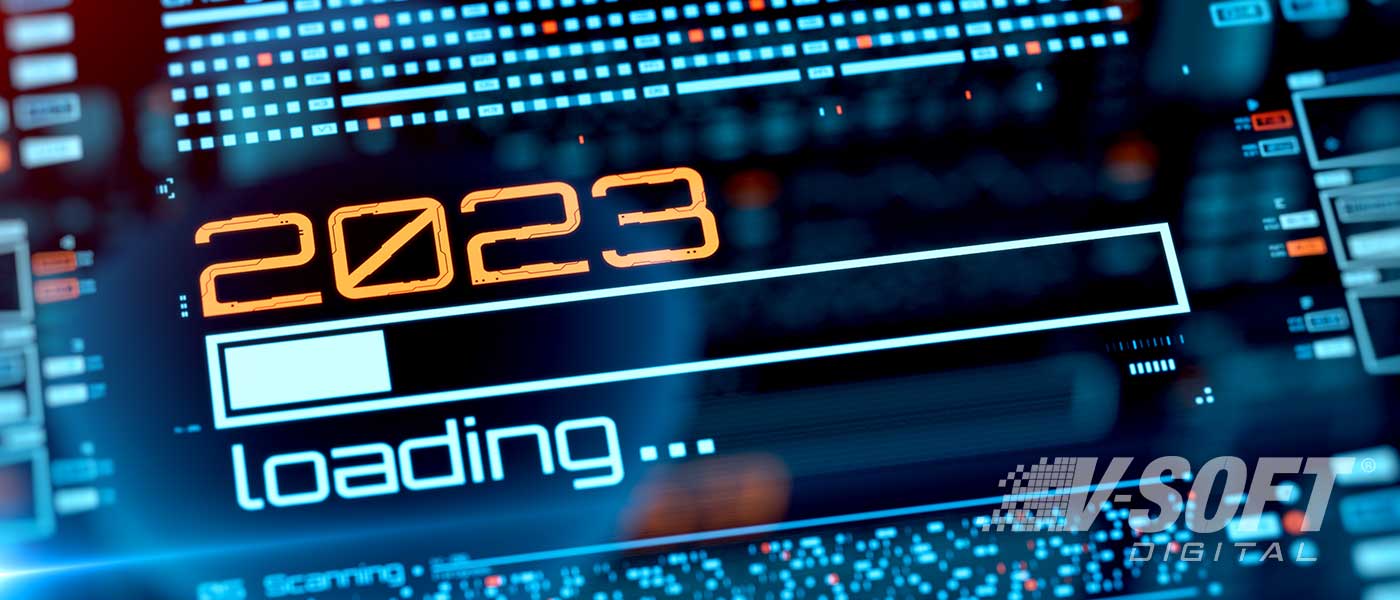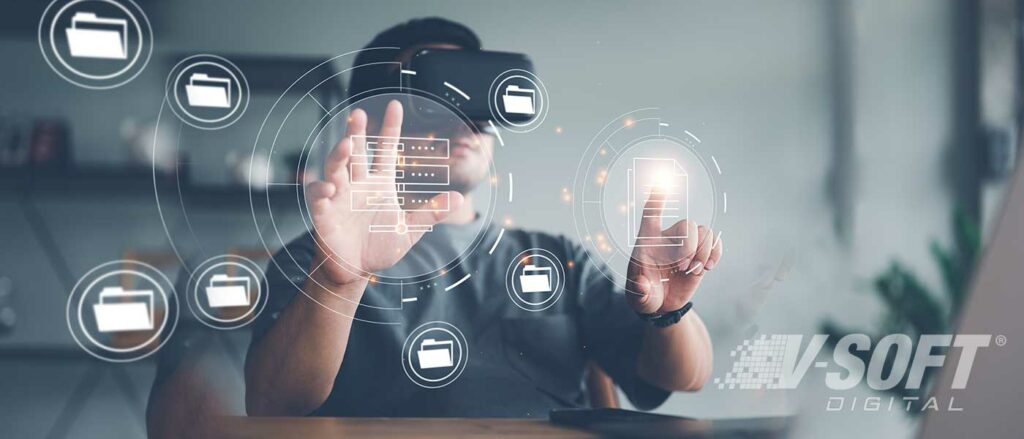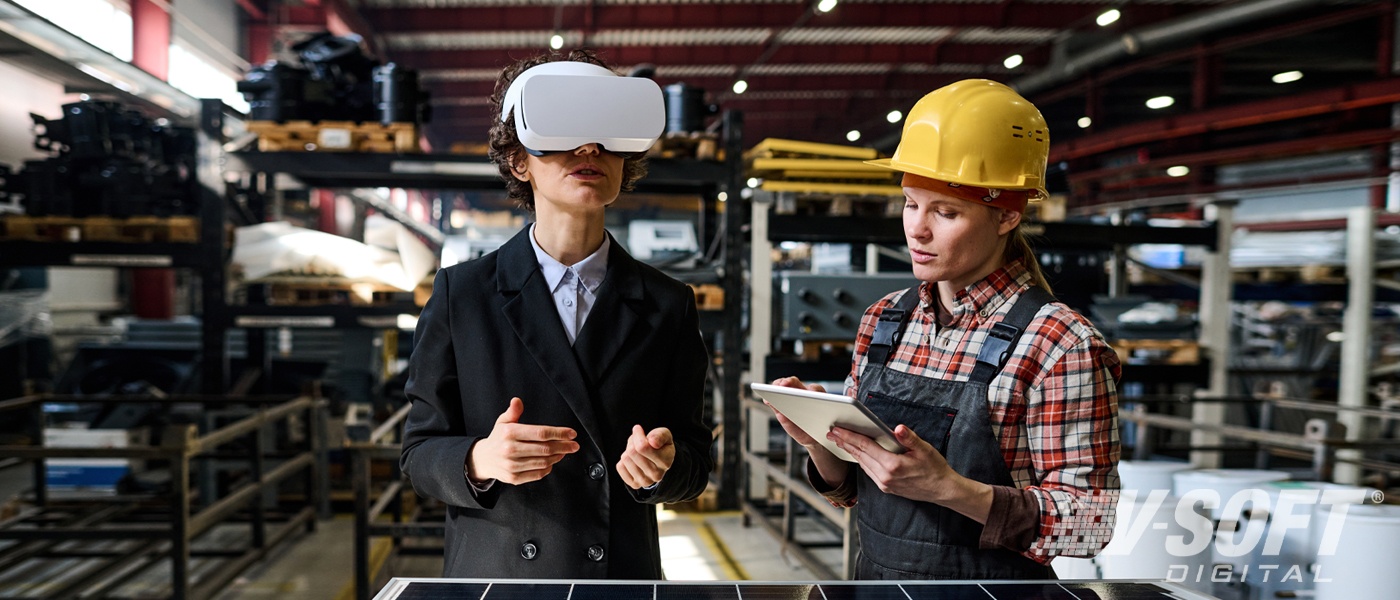Top 5 Innovation Trends of 2023
Innovation is a constant cycle of creation. Every invention comes with newer versions in its wake. Innovative trends of 2023 will surprise you with the ideas that are making waves and are poised to pay back immensely for those who are bold enough to implement them early. From the more familiar, such as Artificial Intelligence (AI) to the more ground breaking such as Zero Trust and Neuromorphic processors, here are top innovations that will sweep the business landscape in 2023.
Continuous Metaverse Adoption
How did the Metaverse Start?
The history of the metaverse begins with a 30-year-old dystopian sci-fi book titled Snow Crash, written by Neal Stephenson and published in 1992. It was in this book that the term ‘metaverse’ was coined. In Snow Crash, the main characters use the metaverse to escape their dystopian reality.
In today’s world the metaverse refers to a virtual world made up of virtual products, services, and avatars. The metaverse is seen as the next step of the internet. The idea of the metaverse has been around for quite some time but it was not until recently that it became popular among computer scientists. This is because it allows for a more immersive use of technology through real-time 3D graphics and graphics processing units (GPUs).
The Metaverse’s Impact on the Economy
The metaverse has an open and fair economy, which means that anybody can transfer real-world assets and services to it. Innovative models with interoperable blockchain processes allow users to earn money in virtual worlds of the metaverse and have a fair system in the second life marketplace.
How will Cybersecurity be Effected by the Metaverse?
The metaverse will be a great platform, but the question is will it accomplish its goal of becoming a tool to bring people together? The metaverse has incredible potential to create a more connected world but with fully virtual worlds and lives comes an even greater need for cybersecurity to protect personal information.
Cambrian Explosion of Artificial Intelligence
The “Cambrian explosion” of AI processors is upon us. The first Cambrian explosion was 542 million years ago, when the first complex life forms appeared on Earth. Nearly all major organisms we know today came into being because of the Cambrian explosion. The Cambrian explosion in terms of AI processors is just as dramatic. It is happening now, at a much faster rate. In 2017, NVIDIA CEO Jensen Huang predicted the Cambrian explosion of AI development.
In the past year, some processor suppliers have released new products that are able to process both audio and video data alongside computer vision and image processing. This enables new applications such as voice-activated home assistants with the ability to recognize people, objects, and scenes; smart speakers that can watch a user’s surroundings over time to detect changes; or autonomous vehicles that can drive themselves at night without headlights.
But many processor suppliers are still focused on machine learning algorithms—and that may change soon as they take advantage of this new processing power by applying their own neural networks and other algorithms to solve problems like speech recognition or object recognition in images.
Neuromorphic processors, it seems, may be a different class of processor altogether. Currently, they exist only as an abstract concept. Neuromorphic computing is the answer to overworked chip processors that are powering autonomous vehicles etc. Neuromorphic computing on the other hand, works more like the human brain, nervous system, and neural networks, where electronic neurons activate other neurons down a cascading chain. A neuromorphic processor could end up being the next grandiose technology trend, a radical leap forward from even our most advanced supercomputers.
Traditional computing technologies built on legacy semiconductor
Gartner
architecture will hit a digital wall by 2025.
The War for Talent will Intensify
There has been an explosion of agency recruiters as businesses become increasingly technology-driven and agile. The IT industry is undergoing a major transformation, as modern technologies and platforms disrupt traditional business models. This has led to an urgency in the recruitment industry and a surge in jobs within the IT sector.
According to a recent report by McKinsey, every year companies around the world spend 10% of their revenue on finding, developing, and retaining top talent. At the same time, organizations are seeing increased competition for key leaders as well as employees with complex tech skills that constantly change due to emerging technologies and rapid technological advancements.
Companies Must Prepare for Decentralized Finance
Decentralized Finance (DeFi) is a term that is getting a lot of attention. It stands for Decentralized Financial Infrastructure and describes a decentralized platform for peer-to-peer lending which could completely disrupt the traditional banking system; bringing us closer to a world where banks no longer handle our financial transactions.
A new era of finance is upon us. The digital assets and cryptocurrency industry has been blossoming in recent years, with fundamental upgrades to the underlying protocols and infrastructure. Institutions have started to facilitate cryptocurrency purchases and sales and are currently exploring methods to participate in DeFi. The adoption of DeFi by traditional institutions will mark a critical turning point in the industry’s development and growth.
Zero Trust Cybersecurity
The National Institute of Standards and Technology (NIST), the agency that develops standards for testing, calibration, and measurement, has produced a new framework for securing networks and information systems called the Zero Trust security framework.
The Zero Trust model moves away from traditional security measures and focuses on users, assets, and resources. In this model, there are no firewalls or other traditional security devices—all data flows through a secure client/server architecture. Instead of being based on an outside attack point, this model focuses on protecting internal systems from themselves, each user and asset are continuously monitored and authenticated. This is going to be an interesting space to watch over the next few years.
According to Microsoft, there are three main principles of Zero Trust
- Verify Explicitly
- Use Least Privileged Access
- Assume Breach
As CIOs and technology leaders look to 2023 and plan their technology roadmaps, consider one or all of the following innovation trends to remain competitive.











